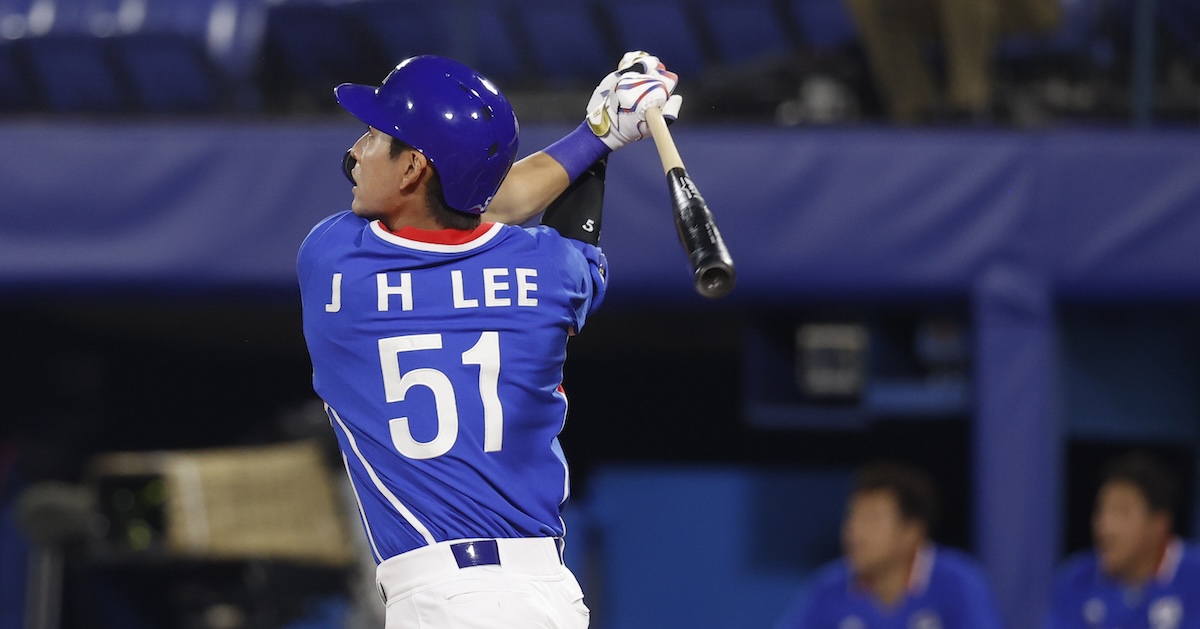JAWS and the 2024 Hall of Fame Ballot: Chase Utley

The following article is part of Jay Jaffe’s ongoing look at the candidates on the BBWAA 2024 Hall of Fame ballot. For a detailed introduction to this year’s ballot, and other candidates in the series, use the tool above; an introduction to JAWS can be found here. For a tentative schedule and a chance to fill out a Hall of Fame ballot for our crowdsourcing project, see here. All WAR figures refer to the Baseball-Reference version unless otherwise indicated.
When the Phillies returned to contention following a slide into irrelevance in the wake of their 1993 NL pennant, shortstop Jimmy Rollins, first baseman Ryan Howard, and lefty Cole Hamels gained most of the attention. Howard all but ran Jim Thome out of town after the latter was injured in 2005, then mashed a major league-high 58 homers in ’06 en route to NL MVP honors. Rollins, the emotional center of the team, carried himself with a swagger and declared the Phillies “the team to beat” at the outset of 2007, then won the MVP award when the team followed through with a division title. Hamels debuted in 2006 and became their ace while making his first All-Star team the next season. In the middle of all that, as part of the nucleus that would help the Phillies win five straight NL East titles from 2007–11, with a championship in ’08 and another pennant in ’09, Chase Utley was as good or better than any of them, though the second baseman hardly called attention to himself.
Indeed, Utley seemed to shun the spotlight, playing the game with a quiet intensity that bordered on asceticism. He sped around the bases after hitting home runs, then reluctantly accepted high-fives in the dugout. “I am having fun,” he told the Philadelphia Inquirer’s Andy Martino in 2009. “When I’m on the baseball field, that’s where I love to be. I’m not joking around and smiling. That competition, that heat-of-the-battle intensity, that’s how I have fun.” Read the rest of this entry »







